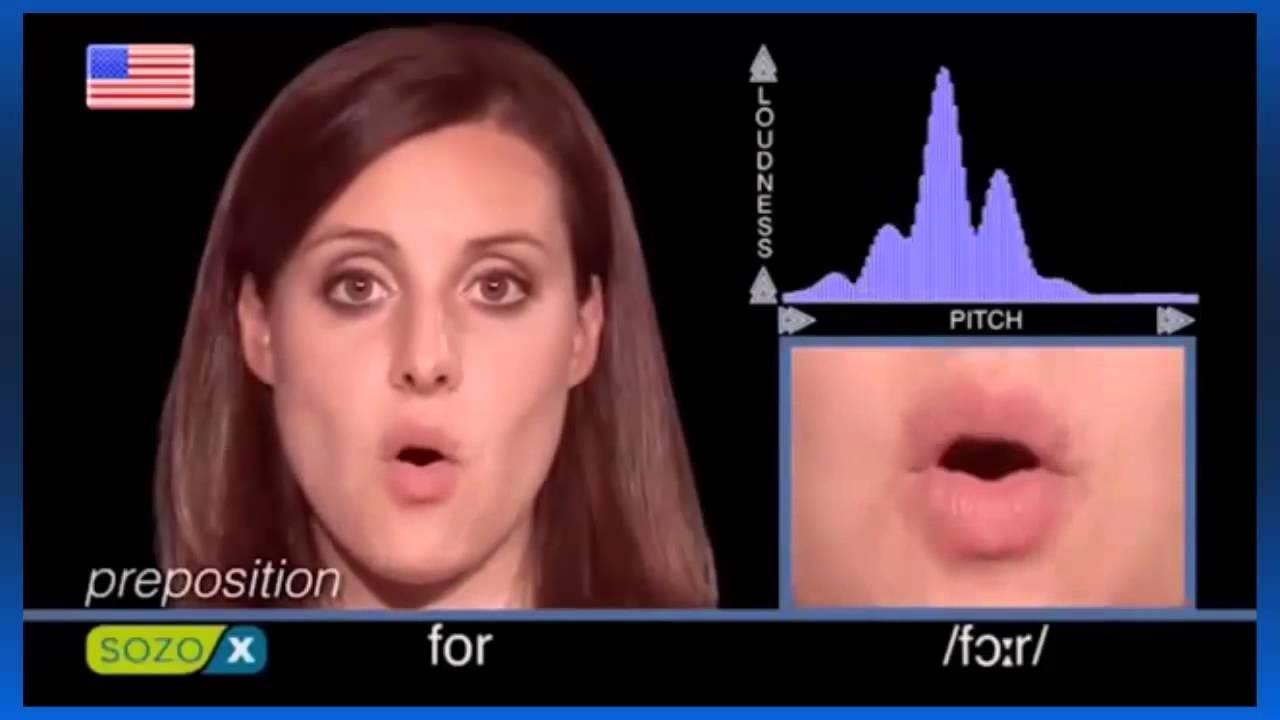The 4 Most Important Things To Work On To Improve Your Articulation

Do you wish your articulation was clearer? Do people often ask you to repeat yourself? If you’re looking for clearer articulation, here are the four most beneficial steps you can take:
1. Explode your plosives at the ends of your words.
Let’s start with the definition: a plosive is a type of consonant in which the articulators touch and then explode apart. The plosives in the English language are p, b, t, d, k, and g.
To understand why the explosion in important, take for instance a ‘p’ or a ‘b.’ In both sounds, the two lips touch and then explode apart. (Try it!) The two sounds are almost identical actions save for one difference: ‘p’ is the unvoiced version (meaning there is no vibration coming from the vocal cords) and ‘b’ is the voiced version (meaning there is vibration coming from the vocal cords).
To break down the other plosives: in a ‘t’ or a ‘d’ the tongue tip touches the bumpy part of the roof of your mouth called the alveolar ridge and then explodes away (‘t’ is unvoiced and ‘d’ is voiced), and in a ‘k’ or a ‘g’ the back of the tongue touches the hard palate and explodes away (‘k’ is unvoiced and ‘g’ is voiced).
Now when someone gets the instruction to be more articulate, often what happens is they start heavily emphasizing the plosives at the beginnings of words, like: Pop, Bat, Dark, or Goop. But if you really want to be understood? Emphasize the plosives at the ENDS of your words: poP, baT, darK, gooP.
Feel that? Making this a habit increases intelligibility a ton. And after all if you don’t explode your ending plosives clearly, someone may think you ordered the crap when you really ordered the crab ;).
Here’s a practice sentence to work on your ending plosives:
Stop that and hop in the cab please Ed and Doug!
2. Keep the tip of your tongue behind your lower teeth as much as possible.
This one is great because it becomes much easier to articulate and actually helps your resonance too. Of course in order to shape many consonants the tongue tip needs to move around, and that’s totally fine. However the tongue tip can stay connected to the back of the lower teeth for every vowel sound.
So practice trying to leave the tongue tip behind the lower teeth as much as possible because when you do, it’s difficult for the root and back of your tongue to retract very far. Avoiding this retraction of the back of your tongue will in turn loosen habitual tongue tension and awaken more resonance that the tension could have been dampening. Win/win situation!
Here’s a practice sentence to work on keeping your tongue tip behind your teeth on the vowels:
All we need is a little love in this place.
3. Find the buzzzzz in your continuous sounds
In contrast to a plosive which is a short, explosive sound, all the other consonant sounds in English are continous. This includes f, v, th, s, z, sh, l, r, w, m, and n. Practice making these sounds long and continuous, not necessarily because you need to do that all the time, but because teaching your articulators the capacity to do this helps you articulate more clearly.
For instance let’s say you’re practicing the tongue twister:
Wisdom makes wizards wise.
Try it this way five times:
Wwwwwizzzzzdommmmm mmmmakesssss wwwwwizzzzzzzarrrrrrdzzzz wwwwwwizzzzze.
And then say it normally. I’ll bet money you just said it more clearly.
4. The magic sound! Focus on your n’s
This is the greatest articulation hack ever: focus on your n’s. Very often when our articulation needs work, we need to get clearer with the action of our tongue tip and soft palate. N’s help with both!
An ‘n’ requires your tongue tip to make strong contact with your alveolar ridge, and also requires your soft palate to lower for a moment so the sound can come out through your nasal passages. So when your n’s get clearer, everything gets clearer.
Practice this tongue twister for your n’s:
Nine nimble nobleman nibbling nuts.
What do you think? Practice these and tell me how it’s going in the comments. Then join me tomorrow at 1pm EST on the Voice Body Connection facebook page and we’ll cover this more during our new weekly “Lessons with Elissa” session!
50% Complete
Get each week's podcast episode in your inbox.
Plus other voice news from me! Pop in your details below and then keep an eye on your inbox... Remember to check your spam folder, just in case!
